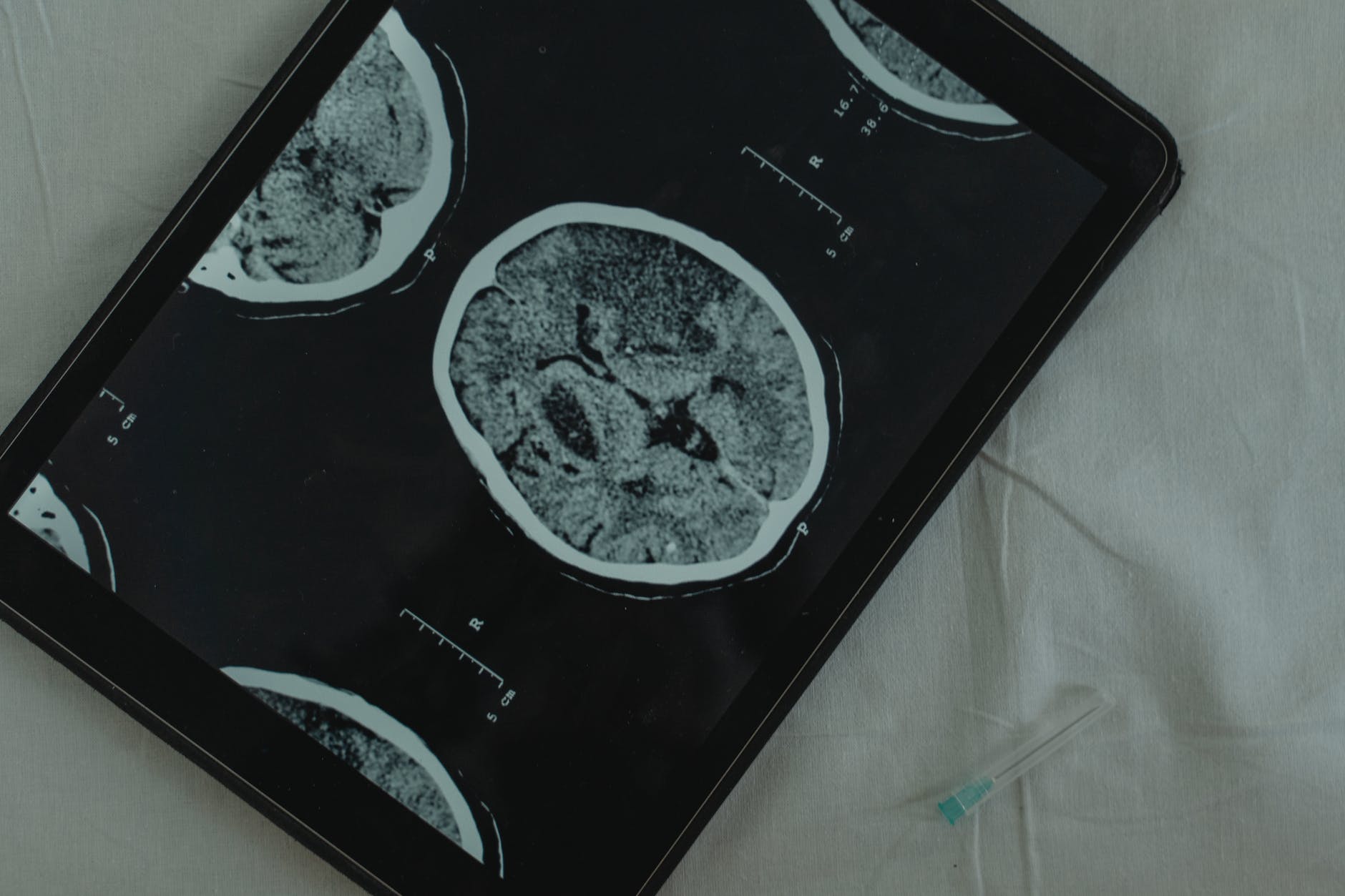
Some experiences impact us and have a long lasting effect – it is like an unseen wound, which constantly provides pain and seeps into your thoughts. Trauma can be experienced by either isolated specific situations/events, or repeated and prolonged incidents (such as domestic abuse). It can range from stressful or frightening incidents, addictions, grief and loss. Trauma can often be complex and difficult to navigate.
I have personally experienced complex trauma and after years of trying to move past the events that happened, I decided that I no longer wanted it to live rent-free in my head – I wanted to gain some tools to process my experience. I wanted to empower myself to no longer feel like a victim and to move forward. This is when I discovered Eye Movement Desensitisation Reprocessing, otherwise known as EMDR. After speaking with my counsellor, I decided to end my years-long therapy journey with a set of EMDR sessions. I wanted to share my personal experience.
What is EMDR (Eye Movement Desensitisation Reprocessing)?
In short, this is a type of therapy in which you move your eyes in a specific way whilst processing traumatic events. Some professionals may use audio tones or hand-held buzzers to stimulate the left and right sides of the brain.
Preparation
It is important to be in a stable place before undertaking these sessions as they can be quite intense. Prior to an EMDR session, preparation may include collecting a history of the trauma, mapping the experience/s and pinpointing a starting point for focus – usually the most impactful memory which is referred to as the ‘target memory’.
The Sessions
The therapist will talk you through what will happen in the session and will start the stimulation of your left and right sides of the brain. After homing in on the ‘target memory’, your brain will automatically start processing the memory (or memories) and move to an adaptive resolution.
It is important to have a good relationship with the professional taking you through the process, as there is a good deal of trust to be placed there. It is not hypnosis and you have full control of yourself during these sessions – for example, in my experience at any time I could raise my hand and the session would be paused. I would be reminded where I was and who I was with which provided reassurance that I was safe. Equally, if your therapist sees too much distress, they are also able to pause the session.
After
After the sessions end, you may have an emotional reaction (such as crying) – this may be a cathartic release. You may also experience intense dreams as your mind will still be processing even after the treatment session has ended.
You may start to feel differently about the things you feared (for example you may instead feel anger, or acceptance) and the problem may shrink. Although it is likely it won’t ‘fix’ everything, the EMDR may stop flashbacks and you may become less obsessed with the trauma that happened.
Personal Experience
Thinking about REM sleep – when you are dreaming and your eyes are moving rapidly under your eyelids – to me EMDR felt like that, except I was fully awake. I could sometimes see events replaying in front of me, or remember things that my brain had buried to survive. It would zoom from memory to memory, connecting the dots. Not necessarily in chronological order but finding all the relevant data in the search of the brain. It sometimes was a particular recurring feeling or emotion that connected them. I remembered more details and some events became more vivid. What is amazing to me is the brain’s ability to protect and heal itself – its super power. Instead of defragging your computer hard drive, you are defragging your brain. Looking at memories, processing them and filing them neatly away in the drawer with an appropriate label.
For me, it was a big brain hack which unlocked the ability to forgive myself and move to a place of acceptance and healing. Although it may not be the same for everyone, I would advise anyone suffering from trauma to get a support network in place, and talk to a professional about your experience, and explore any potential treatment options that may be right for you to process, heal and move forward.
Written by Katie Ingram
Blogger @Poemstellium
Instagram: @katieingramauthor
Leave a Reply